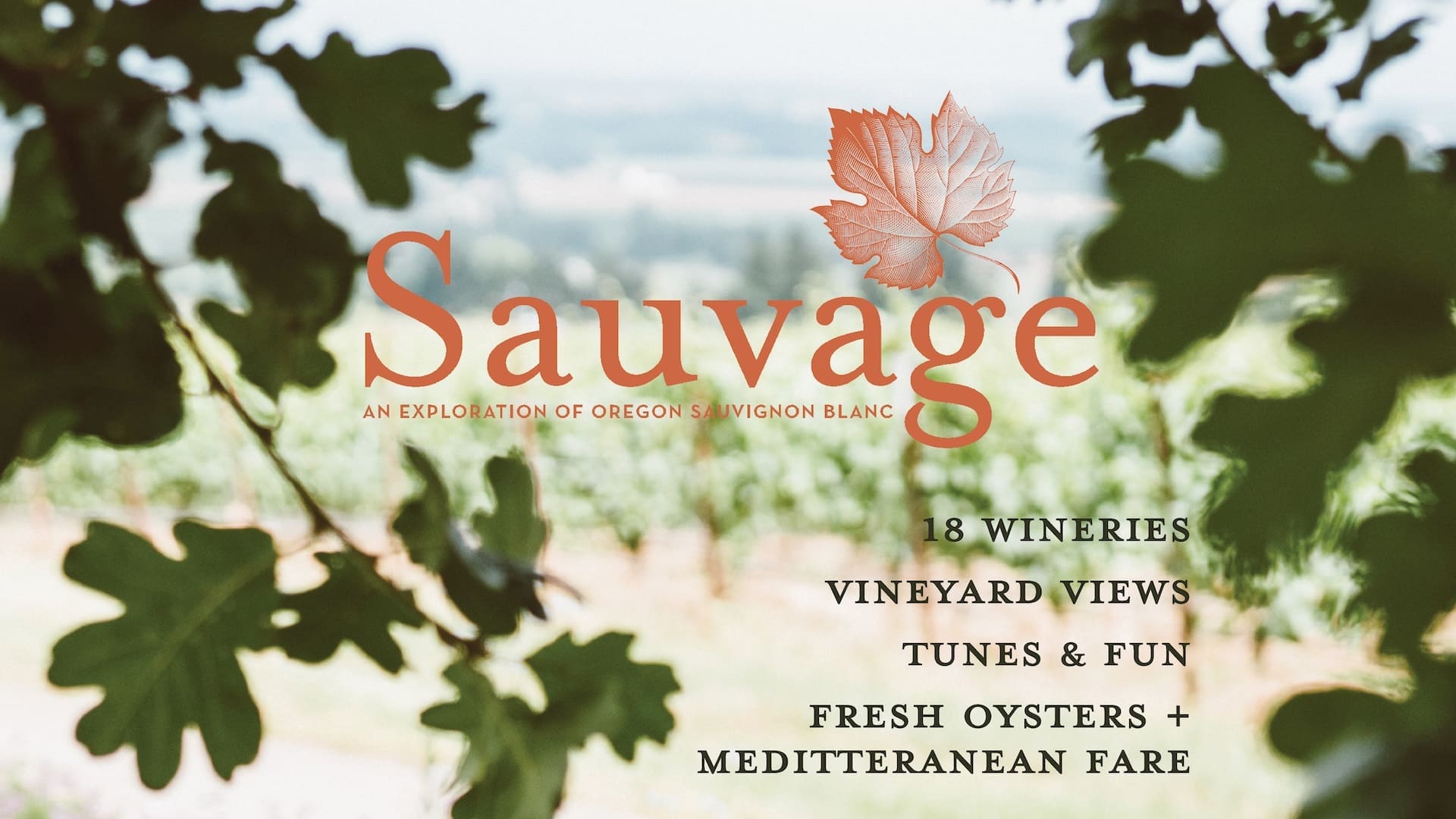Cidermakers are beginning to feel the effects of climate change, but it seems the worst repercussions for apple growers (and cider drinkers) are just over the horizon.
A case study conducted by the USDA and Wisconsin-based orchard and cidery, Brix Cider Farm, brought the current and expected challenges into focus. The majority of Brix’s Barneveld, Wisc., property is devoted to apples, and the remaining 10 percent of the two-acre high-density planting consists of cherry, pear and plum trees.
According to the study, the average temperature in the orchard could change between 3.5 and 5 degrees Fahrenheit by mid-century, with an increase in the number of days above 95 degrees, and a risk of more intense and prolonged heat waves. The average number of days without water will increase overall, and there will be more extreme rain and snow events in winter and spring. The time spent without frosts will stretch out, creating a hotter average soil temperature. Put simply, the erratic and more extreme weather during vulnerable budding and growth periods means the fruit crop will be at an ever-higher risk of damage.
The threat isn’t just during budding and growth, but to the overall quality. The new weather patterns present manifold threats, from bacterial infections like fire blight (which means three years of loss) to sunburns so extreme the loss in quality makes the apples unfit for juice. In addition, overall drops in quality and flattening of flavor profiles caused by extended heat waves and sudden post–bud break freezes won’t just damage one crop but require the replanting of entire orchards.
While that sounds grim, both scientists and growers have been aware of the threat, and are actively experimenting with potential solutions. There’s more on the line than just tasty cider — the Pacific Northwest, which produces about two-thirds of the country’s apples, contributes about $700 million to the regional economy and $300 million to Washington alone.
Changing the way Orchards are Planted
In 2014, Washington State University established the Palouse Wild Cider Breeding Program, which has been working to breed fire blight–resistant cider apples that will thrive in the Northwest and flower quickly. With the help of the USDA’s collection of heirloom and modern seedlings, they created novel crosses with just 20 wild apple seedlings. The program’s stated goal is to create disease resistant apples with “high levels of phenolic compounds, high levels of anthocyanins, low seediness … moderate-to-high resistance to the major pests and diseases of the region.”
With these inevitable environmental changes on the horizon, several Northwest producers are actively replanting orchards to create hardier trees.
Madrone Cellars on Washington’s San Juan Island is working with the WSU program, planting experimental cider and crab apple trees, some of which have never been worked with commercially.
“We just picked up 35 heritage trees from the island” says owner and cidermaker Shaun Salamida. “They range from King apple, to Gravenstein, to 20-ounce Pippin, and a bunch of unnamed varieties of crab apples. Many of them were planted so long ago that no one can figure out exactly what they are, but they’re being collected and preserved through a non-profit project called San Juan Islands Pomona.”
Finnriver Farm and Cidery in Chimacum, Wash., and Madrone Cellars are switching rootstocks for hardier, if lower-yielding trees, that require less water.
“A few years ago, after a solid adventure through French cideries, we laid out a plan to transition our ‘high density dwarf orchard’ into what I called at the time a ‘legacy orchard,” says Andrew Byers, head cidermaker at Finnriver Farm and Cidery. “The legacy plan centered around semi standard trees (pretty big trees, not the biggest, but 6-10 inches in diameter) that would be more hearty, and last longer. Bigger trees mean a canopy that will keep the ground cooler and moister, and will help create an understory ecosystem that will support a fungal based orchard rootzone.”
A robust fungal root zone mimics the forest ecosystem in which the apples originate and supports water retention in the surface soil, further supporting the tree during water stress conditions, he explains.
“Another way we’re adding to that fungal root zone, which will act as a sponge, is by adding a heavy bark mulch and compost in the tree row,” says Byers. “Each year we lay four or so inches of a blended woodchip mulch in the tree row. First each row is tarped for a few months to knock back the grass then as the tarps are removed the mulch is installed. This contrasts with having a chemically clean tree strip, or a heavily grass dominated root zone. Making room for young tree roots to exist in a fungal rich environment builds stronger tree immune systems, will help younger trees withstand late summer water stress situations, and allows further tolerance of disease pressure that is ever present in our organic certified orchard.”
Water is an issue of concern in many places. Etta Place Cider in Torrey, Utah, sits at 7,000-feet elevation on “high desert steppe, an already sketchy situation before taking climate change into account,” says Ann Torrence, owner of Etta Place Cider.
To counterbalance the risk, they are “planting larger trees and watering with an infrequent cycle with the hope that they will develop deeper roots that buffer them from early spring breaks from dormancy,” Torrence explains.
Reducing Soil Temperature, Boosting Biodiversity, Watering Changes
Producers like Brix Cider Farm, meanwhile, are working with the USDA on a number of pest and climate-mitigation techniques. They are introducing geese in the orchard (they eat “bad” bugs) and adding cover crops to help reduce soil temperature and increase biodiversity. Moreover, Brix is ncreasing the number of apple varieties with different flowering times to reduce loss to extreme frost post-bud break, spraying water to reduce frost risk as needed, and planting on the north slope to reduce risk of early flowering.
Art+Science in Oregon’s Yamhill County is building out a biodiverse habitat for animals and bees, with plantings that also create shade in the pasture.
“I think habitat and diversity ought to be part of the overall conversation with resiliency,” says Kim Hamblin, head apple picker at Art+Science. “I would argue that an orchard that has natural, wild areas near it (or integrated into it), more native plantings and unmanaged habitat, is essential to the discussion of resiliency. We cannot protect our farms if we can’t also protect habitat. The two are interdependent.”
We’re all in this together. As cider lovers, we can play a part in climate change too by actively supporting producers doing the hard work to ensure a delicious future for all of us.












